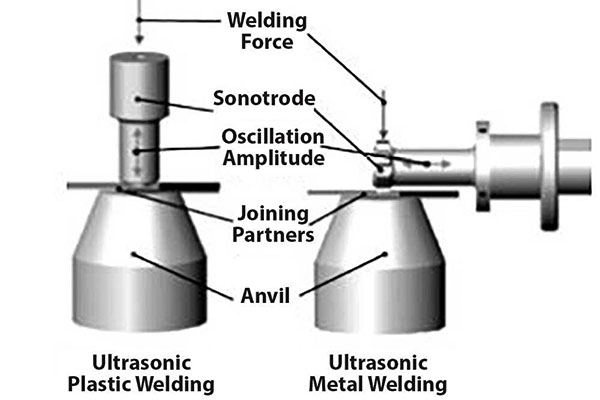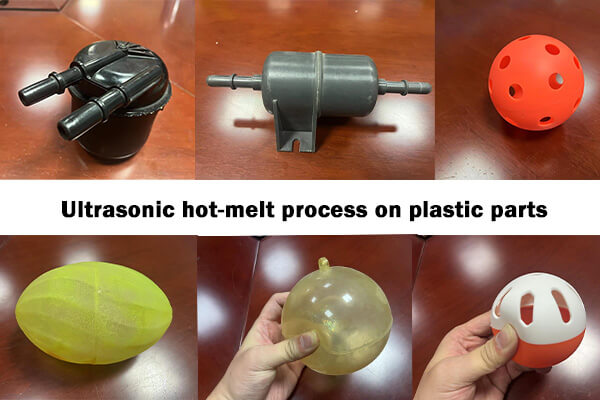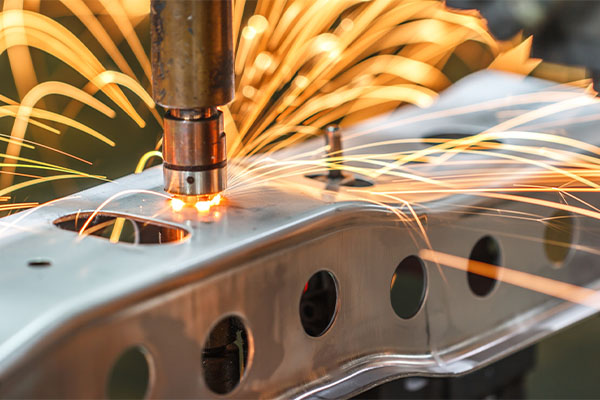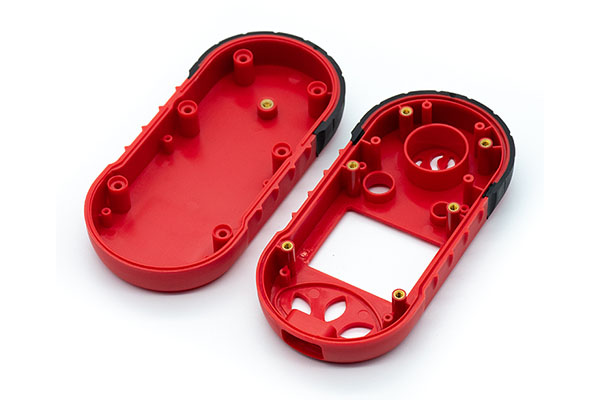Methods to Melt Plastic Together: Joining, Welding, Bonding
Due to enormous versatility, plastics are a preferred material in a wide range of sectors.
Plastic products manufacturing has faced some difficulties as a result of its popularity and extensive use. The connections between semi-finished plastic goods and other plastic or metallic materials are strong. Plastic overmolding is one of many tested plastic melting techniques, however the procedure that best fits a given project and budget is not set in stone and must be chosen appropriately depending on the needs of the situation.
We can give you the fundamental information that will help guide your process selection and provide unique plastic joining processing services because we are a plastic molding manufacturer who has mastered the key plastic joining techniques.
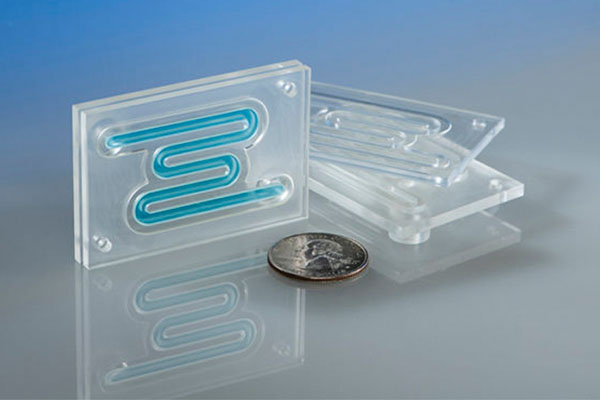
Ultrasonic Welding
This method harnesses vibrational pulses and pressure to effectively join relatively rigid plastics. As the materials vibrate and rub against each other, they generate heat and eventually fuse together. Ultrasonic welding is known for its speed and versatility. It finds applications in various tasks, such as inserting metal components into plastic, staking metal and plastic parts, and spot welding plastic.
Spin Welding
Spin welding creates circular weld joints by utilizing surface friction. One of the two parts to be joined is rotated at high speed, while force is applied to maintain their connection. The resulting friction generates heat, melting the plastics, and subsequent pressure ensures a strong bond. Spin welds offer high strength, hermetic sealing, and an economical approach to achieving round weld joints.
Vibration Welding
Vibration welding is ideal for creating pressure-tight joints, especially in irregularly shaped or larger plastic parts. It is also effective when joining plastics with different melting points. Vibrational heating generates friction, and when combined with pressure, it melts and bonds the plastics. The strength of the resulting weld joint is on par with the base materials. Cycle times average around 5 to 8 seconds for manual or automated operations.
Hot Plate Welding
This method involves melting two plastic parts against a precisely heated platen for a specified duration. After the platen is removed, the two parts are brought together, resulting in a strong, permanent, and often hermetically sealed joint. Hot plate welding is a well-established technique known for producing durable bonds.
As technology advances, so does the realm of plastic joining, with innovative methods that harness heat to manipulate melt temperatures, enhance adhesion, and modify other key characteristics of plastic materials. Let’s delve into these advanced approaches:
Infrared Welding
Infrared welding is a rapid and non-contact method that introduces infrared radiation into the plastic components. This radiation is promptly converted into heat, causing the surfaces to melt. The two parts are then pressed together, and with the application of pressure, they bond seamlessly. This technique ensures efficient and effective joining, making it a valuable tool in the plastics industry.
Laser Welding
Laser welding capitalizes on the concentrated heat and precision of a laser beam to fuse plastics. It is particularly well-suited for applications that involve plastics of varying thicknesses. Laser welding excels in high-volume production scenarios, offering the ability to create narrow and deep welds, meeting the stringent demands of complex parts.
Overmolding
Overmolding stands out as an exceptional method for plastic joining, as it goes beyond merely combining multiple materials. Overmolding, in particular, offers extensive benefits for component or device design and performance. It serves as a versatile solution to dampen sound and absorb vibrations, insulate delicate electronic components, and enhance resistance to chemicals and moisture. Moreover, it facilitates the incorporation of a diverse array of colors directly into the plastic, rendering it suitable for applications like keyboards, functional buttons, branding, and customized aesthetics. Overmolding seamlessly integrates these advantages into a single, waste-reducing, efficient process that significantly lowers production costs.
Incorporating these advanced plastic joining techniques signifies an evolution in the industry, providing versatility and efficiency while ensuring the structural integrity of the final products. These methods allow manufacturers to achieve a range of functional and aesthetic goals, driving innovation and sustainability within the field of plastics.
Plastic Welding vs Plastic Bonding
Melted plastic joining is a valuable process used in various industries, including automotive, aerospace, electronics, and consumer goods manufacturing.
The method choice of melt plastic together depends on factors such as the type of plastics being joined, the desired strength of the bond, the application, and the specific manufacturing requirements.
Plastic welding involves melting the surfaces of the plastic components to be joined and fusing them together, relied on the application of heat, pressure, and sometimes the addition of filler material to melt and bond the plastic surfaces. It is typically used for joining thermoplastics plastics that can be melted and reshaped multiple times) and is well-suited for applications requiring airtight or watertight seals, high structural integrity, or hermetic bonding.
Plastic bonding involves using adhesives or chemical agents to create a strong, durable bond between plastic surfaces. Adhesives are selected based on their compatibility with the plastic materials being bonded. It is used for joining a wide range of plastic materials, including thermoplastics and thermosetting plastics. Plastic bonding is often chosen when the plastic components are heat-sensitive or have complex shapes. It is also used for applications requiring flexibility or vibration resistance.
How to Melt Plastic Together
Sungplastic’s melt plastic solutions include:
Plastic joining: welding and bonding
Overmolding for custom parts
Insert molding for plastic parts with metal inserts
Ultrasonic Welding and common assembly methods
For Mini parts, small parts, large parts all available
For high volume or low volume accessible
Ample production lines and capacities and skilled workers
Advanced processing technologies and equipment
Strict quality control system
If your projects need these services, please contact us.
Get a free quote and design analysis today.
We’ll reply to you within 6 working hours.
We respect your privacy.
+86 139 2927 4777 (WhatsApp, Wechat)

